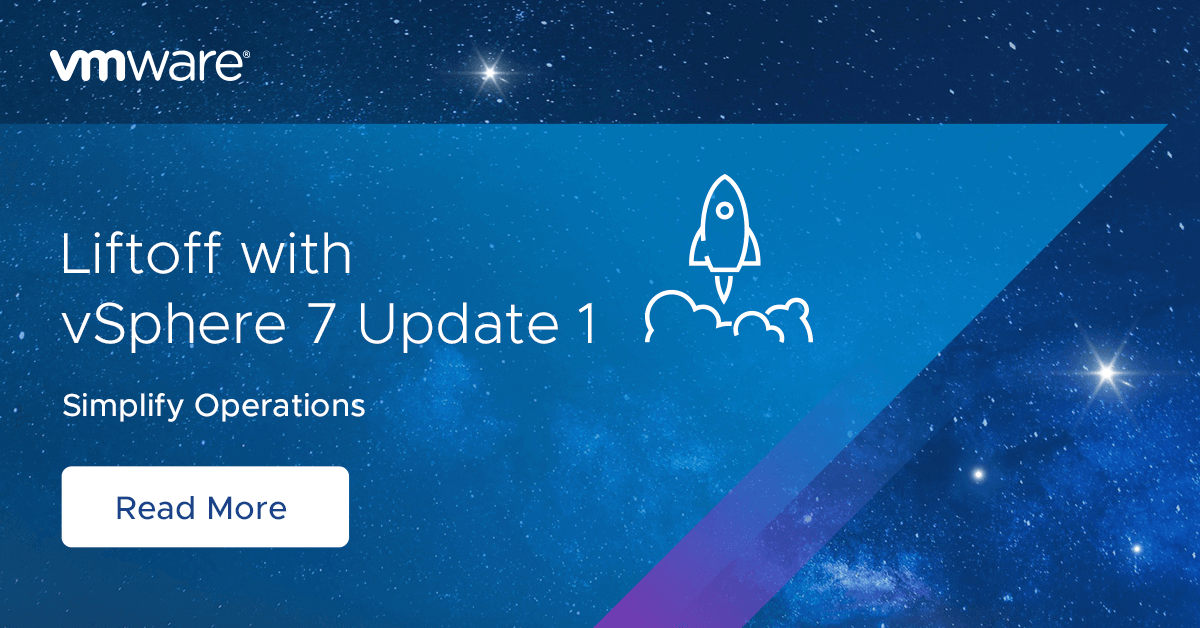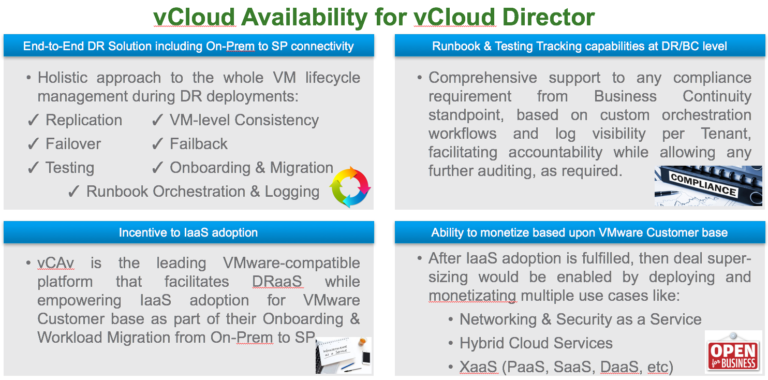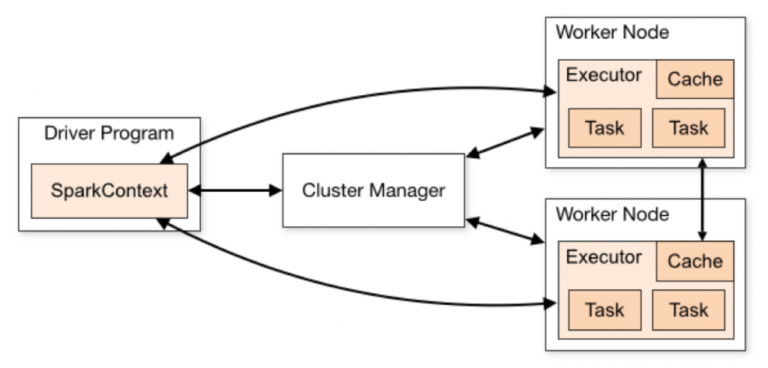
Overview
VMware is constantly working to improve the products offered to customers aiming to provide solutions based on modern and reliable technologies and positioning security and stability of customer workloads at the centre of our goals. As part of the products technical evolution VMware always considers the official regulations and standards which customers must comply with. When the straightforward update cannot meet the compliance requirements, the product needs to undergo a thorough rebuild. This is exactly the case with the VMware Host Client whose functionality will be migrated to the latest version of the Angular web framework in order to meet the contemporary accessibility and security compliance standards.
The UI components of the existing VMware Host Client are built using the Angular JS web framework which latest stable release 1.7 has entered a long term support phase on 30th of June 2018. Effectively, starting from 1st of January 2022 Angular JS will no longer be supported by Google. The subsequent releases of the Angular framework (Angular 4 and later) are not compatible with Angular JS. In order to maintain the supportability and stability of the VMware Host Client, VMware cannot rely on updates to a newer version of the framework.
In order to respond to the threat of relying on unsupported technology, VMware has initiated the migration of the UI components of the Host Client from Angular JS to the latest version of the Angular web framework (Angular 9). The migration will remove the dependency on Angular JS related technologies and will replace these with the latest version of the Clarity platform (Clarity 3).
Legacy Host Client
The legacy VMware Host client will enter maintenance mode, starting from the upcoming update in the release line of version 7.0. VMware will no longer invest in new features of the legacy Client. However, its support will continue until the new single host managing UI (referred to as ESXi UI) is ready to be officially released. This is expected to happen in the second half of 2021.
Considering the significant resource allocation into the development of the new ESXi UI, VMware will provide limited support for the legacy Client, addressing only critical issues meeting one (or more) of the following criteria:
- Threaten the availability of the whole client or critical part of its functionality, including issues with security impact.
- Prevent the proper functioning of critical functionality/workflows with no available workaround.
- Considerably affect the performance and/or usability of the client.
- Affect significant percentage of the customer base.
High-priority issues may be deferred in case one (or more) of the following criteria is met:
- There is a workaround via alternative workflow, including the use of the CLI or the vSphere Client.
- Reported performance issue affecting the Host Client cannot be reproduced in VMware environment.
- The Host Client crashes in a particular environment but the issue cannot be reproduced.
New ESXi UI
The new ESXi UI (or single host management UI) will be built as a subset of the vSphere Client inheriting its Angular and Clarity based UI components. This approach will allow the ESXi UI to naturally meet the accessibility and security standards required to guarantee its long term availability and supportability. Adopting the UI components of the vSphere Client will ensure the same user experience across the products and will nullify the need of specific knowledge to operate its functionality.
The new ESXi UI will be considered ready for general availability release once it covers the standard functional flows currently supported in the Host Client for host management, VM management, storage and networking configuration. VMware will ensure it provides the users with all the necessary capabilities for managing and operating a single host and the workloads deployed on it, covering all life-cycle management operations, such as provisioning, configuration, monitoring, troubleshooting and updating.
The new Client will be initially made available through Fling releases. The first one will be announced when the ESXi UI accumulates a basic set of functionality. It is expected to happen in the first quarter of 2021.
We are excited about these new releases and how vSphere is always improving to serve our customers and workloads better in the hybrid cloud. We will continue posting new technical and product information about vSphere with Tanzu & vSphere 7 Update 1 on Tuesdays, Wednesdays, and Thursdays through the end of October 2020! Join us by following the blog directly using the RSS feed, on Facebook, and on Twitter, and by visiting our YouTube channel which has new videos about vSphere 7 Update 1, too. As always, thank you, and please stay safe.






